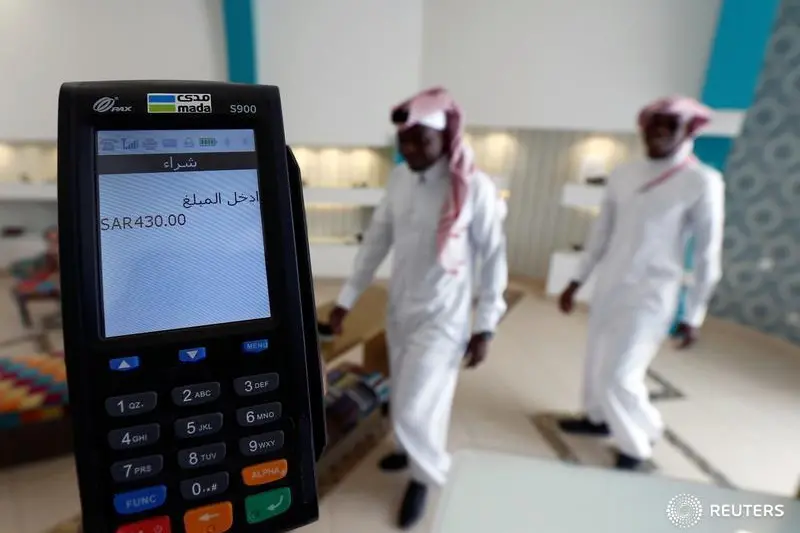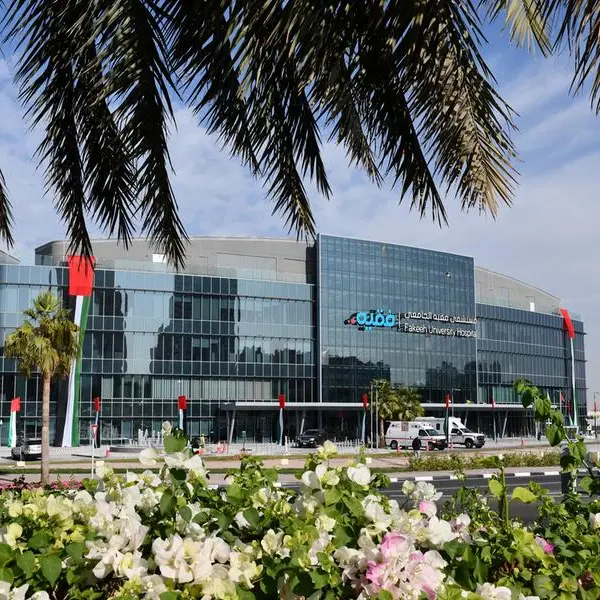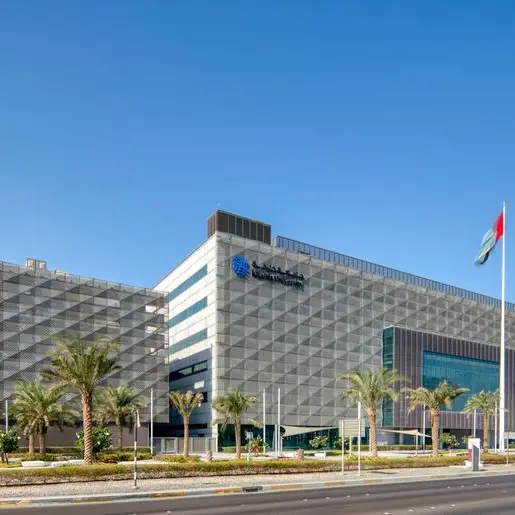PHOTO
JEDDAH: Saudi Arabians owe SR16.72 billion ($4.46 billion) on their credit cards, a 6.96 percent increase from the first quarter of 2019 and a 19.25 percent increase compared to the second quarter of 2018, a banking official has revealed.
The secretary-general of the media and banking awareness committee for Saudi Banks, Talat Hafez, also said around 3 million cards were issued and used in the second quarter of 2019, a slight increase from the previous quarter and a 4.3 percent increase compared to the same period last year.
He was unconcerned by the level of Saudi credit card debt, saying there were measures in place to ensure customers were not overwhelmed.
In 2018 the Saudi Arabian Monetary Agency (SAMA) introduced the principle of responsible lending, affecting consumers and lenders.
“The responsible lending principle takes a lot of the fear from the customer or that the lending institution could overload the customer with borrowing,” he told Arab News. “The banks hold a responsibility toward customers, to ensure that they aren’t overwhelmed with financial obligations that cannot be met in the future.”
The rise in the number of credit cards being issued and used was gradual and there were several reasons for it, he explained, such as the increased use of credit cards to meet basic household consumption expenses, the ability to benefit from the credit limit, and convenience.
“There’s also the application of the principle of financial inclusion, which reduces cash circulation and spreads sale points for customers, stimulating them to pay by using their credit cards to earn bank reward points that can be used later.”
Smartphone use and payment apps had also contributed to the rise in credit card use, he added.
Companies and banks had to thoroughly study customers’ financial capacity, covering monthly basic expenses, even daily expenses, and ensuring the customers’ financial capacity was sound before offering them any kind of loan, said Hafez.
SAMA has defined a limit for borrowers based on different income brackets starting from below SR15,000 ($4,000), exactly SR15,000, below SR25,000 or exactly that, and above.
But the days of customers being scammed by banks or remaining ignorant were over and there was growing awareness among the public, he said.
Customers were also responsible and must ensure that whatever they took was directed toward productive borrowing rather than consumption, and to know whether they had the capacity to meet the obligation and pay back the owed sum to avoid outstanding loans, said Hafez, which could only lead to more debt and a bad credit history.
Copyright: Arab News © 2019 All rights reserved. Provided by SyndiGate Media Inc. (Syndigate.info).












